Ultrastructure of epidermal surface of stems and branches internodes of 5 species and 3 interspecific hybrids were studied using scanning electron microscopy, as well as spore surface of 5 species of horsetail subgenus Equisetum (Equisetum, Equisetaceae): E. arvense L., E. fluviatile L., E. palustre L., E. pratense Ehrh, E. sylvaticum L., E. × mildeanum Rothm. (E. pratense x E. sylvaticum), E. × sergijevskianum C. N. Page et Gureeva (E. pratense × E. palustre), E. × lofotense Lubienski (E. arvense × E. sylvaticum).
Sculptural elements from silica differ in shape, size and location on the ridges and furrows of stem and branches internodes. There are: the thin longitudinal sometimes anastomosing thread-like structures (ribs), cylindrical, rounded on the tip, or conical mamillae, tubercles and spines.
The thin longitudinal ribs, tubercles and spines are situated on the ridges of stem and branches; separate mamillae and groups of fused mamillae occupy the furrows. The fine surface sculpturing consists of hemispherical, globose or slightly elongate pilulae covering mamillae, surface in furrows, and especially stomata.
Equisetum palustre has specific club-shaped rods arranged into regular ranks along either side of the stomatal slit. A detailed description of silica sculpture, shape, disposition and ornamentation of stomata area are presented for all studied species and hybrids.
Such features as the presence, shape and arrangement of sculpture elements, ornamentation, shape and arrangement of stomata can be used in the taxonomy and phylogenetics of horsetails. Spores of the members of subgenus Equisetum are spherical in shape. They have not specific ornamentation, their features may not be used in systematics of horsetails.

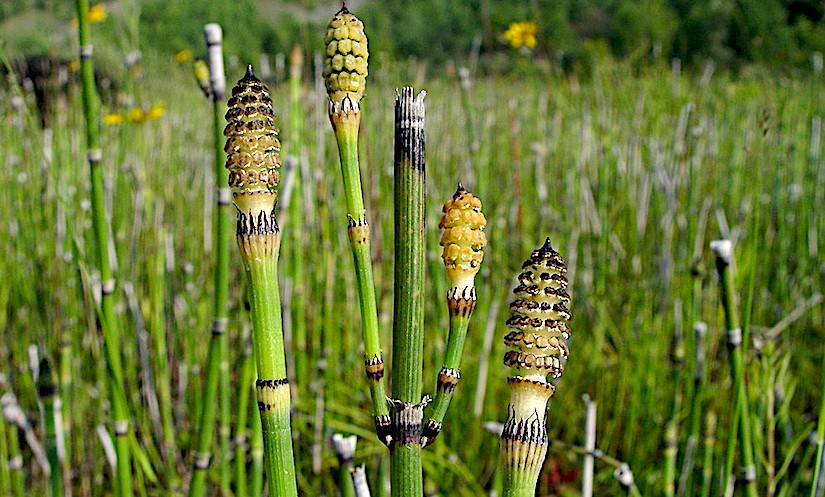

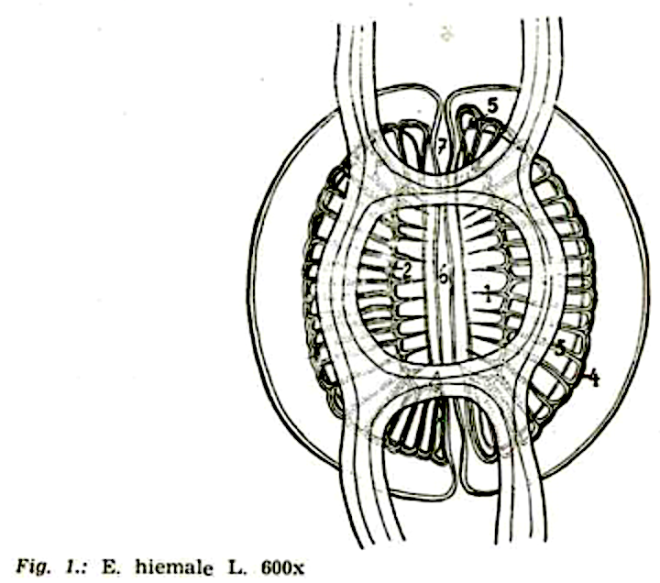






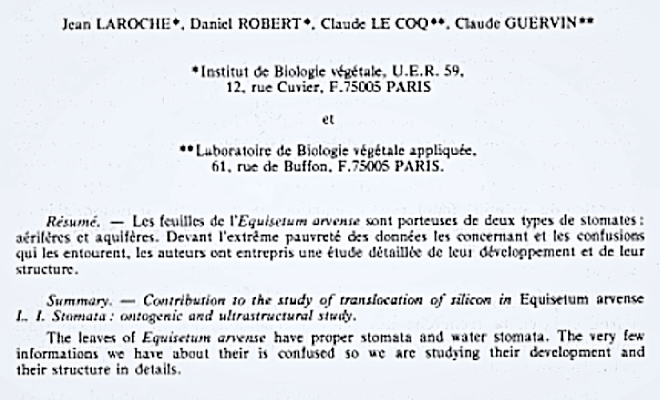


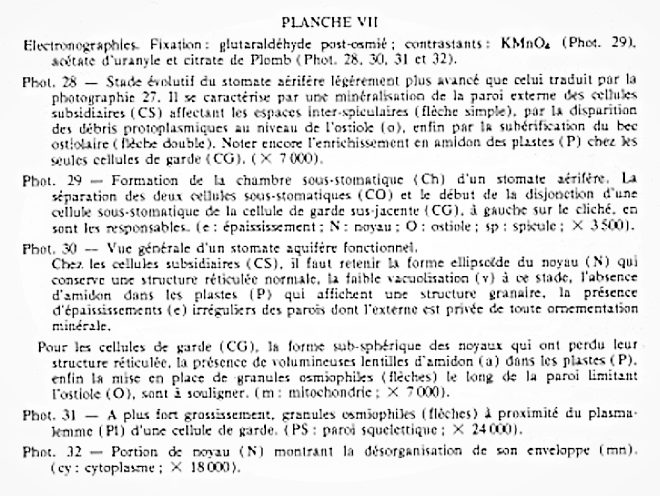
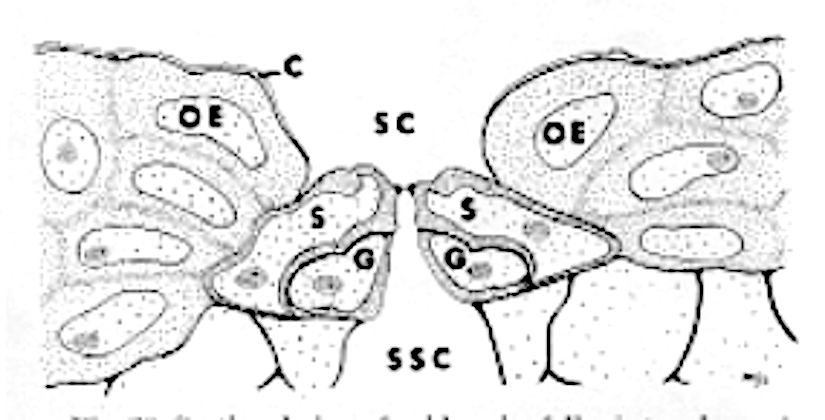

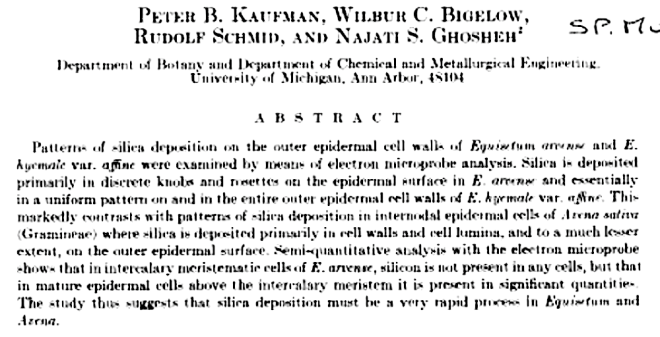



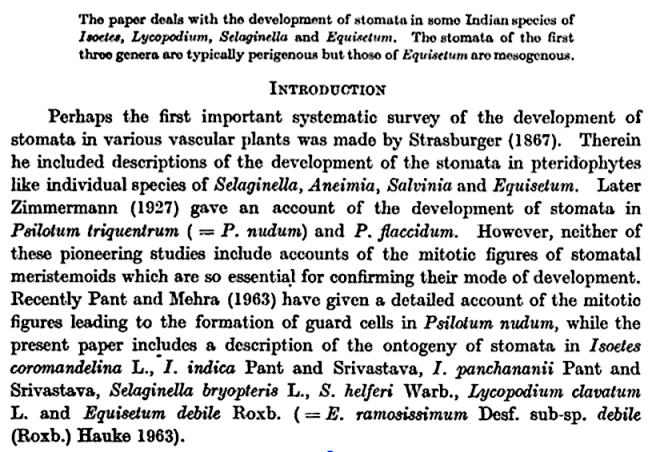




You must be logged in to post a comment.